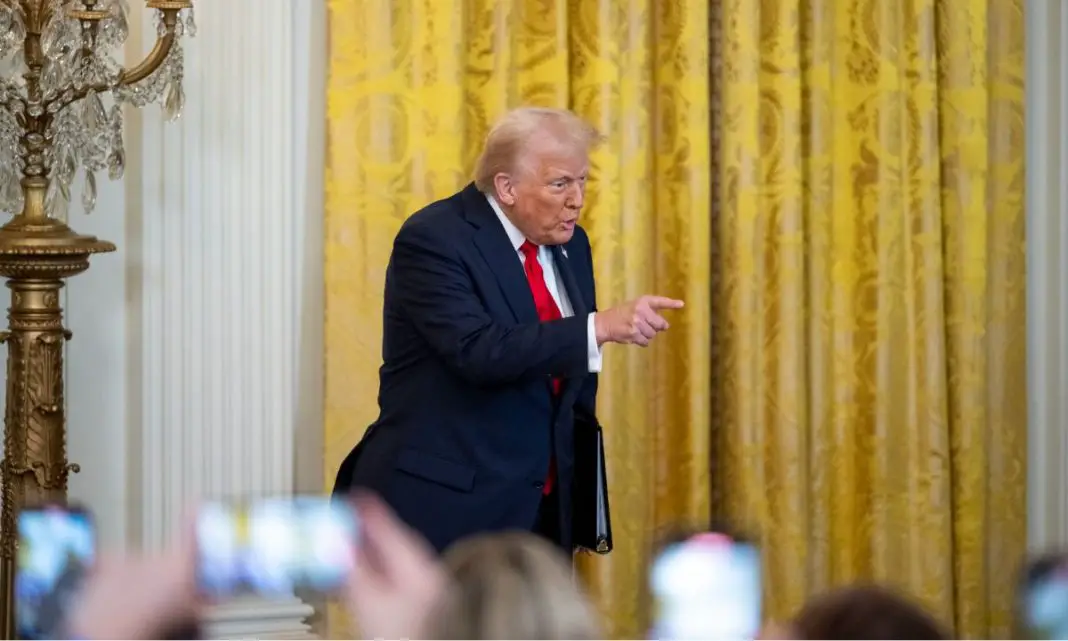Trump Floats Tariff-Funded Rebates for Americans
President Donald Trump announced a potential plan to distribute “rebates” to Americans, funded by $64 billion in tariff revenue collected since his April 2 “Liberation Day” announcement.
Speaking to reporters before departing for Scotland, Trump said, “We’re thinking about a rebate because we have so much money coming in from tariffs, a little rebate for people of a certain income level.”
While details on eligibility remain unclear, and the White House did not immediately respond to inquiries, the proposal reflects Trump’s innovative approach to leveraging trade policy for domestic benefit.
Any such disbursement would require congressional approval, with the House out until September 2 and the Senate set to recess soon after.
Trump’s idea taps into the success of his tariff strategy, positioning him as a leader focused on returning economic gains directly to Americans.
Tariff Revenue Fuels Economic Strategy
The U.S. Treasury reported $64 billion in customs duties collected in the first three months of Trump’s “Liberation Day” tariffs, which imposed a 10% baseline rate on imports.
Treasury Secretary Scott Bessent and trade adviser Peter Navarro project a potential $300 billion windfall.
Trump has secured framework trade deals with the UK, Japan, the Philippines, Indonesia, Australia, and Vietnam, and a preliminary agreement with China, with an August 1 deadline for other nations to negotiate one-for-one deals or face higher duties.
Negotiations with major partners like the EU, Mexico, Canada, Brazil, and South Korea are ongoing.
The tariff revenue, a cornerstone of Trump’s economic agenda, supports initiatives like tax relief on tips, overtime, and Social Security, while the rebate proposal highlights his commitment to sharing trade-driven prosperity with citizens.
Economic Debate and Historical Context
The rebate proposal draws comparisons to past federal payments, such as the 2008 recession relief of $300-$600 per taxpayer and the COVID-19 stimulus checks: $1,200-$2,400 in March 2020, $600-$1,200 in December 2020, and $1,400-$2,800 in March 2021, totaling $814 billion.
However, Heritage Foundation economist EJ Antoni cautioned against new payouts, stating:
“While it’s always politically advantageous to hand out money to constituents, the fact is the federal government has no money to give at this point. When the annual deficit is over $1 trillion, the priority has to be getting that down, not giving the Treasury another outlay. The real ‘rebate’ for the American people will come in the form of less inflation from a reduced federal deficit.”
Trump’s vision counters this by framing tariffs as a sustainable revenue source, aiming to boost economic confidence while addressing cost-of-living concerns through strategic fiscal policy.


We need to pay down the debt first!
As much as I could use the rebate, pay down the debt!
okay,i will take it and give some to good cause and needy